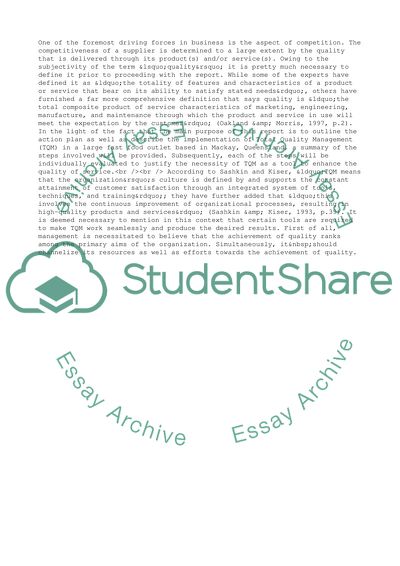Cite this document
(Implementing Total Quality Management Case Study, n.d.)
Implementing Total Quality Management Case Study. Retrieved from https://studentshare.org/management/1741884-service-quality
Implementing Total Quality Management Case Study. Retrieved from https://studentshare.org/management/1741884-service-quality
(Implementing Total Quality Management Case Study)
Implementing Total Quality Management Case Study. https://studentshare.org/management/1741884-service-quality.
Implementing Total Quality Management Case Study. https://studentshare.org/management/1741884-service-quality.
“Implementing Total Quality Management Case Study”. https://studentshare.org/management/1741884-service-quality.


